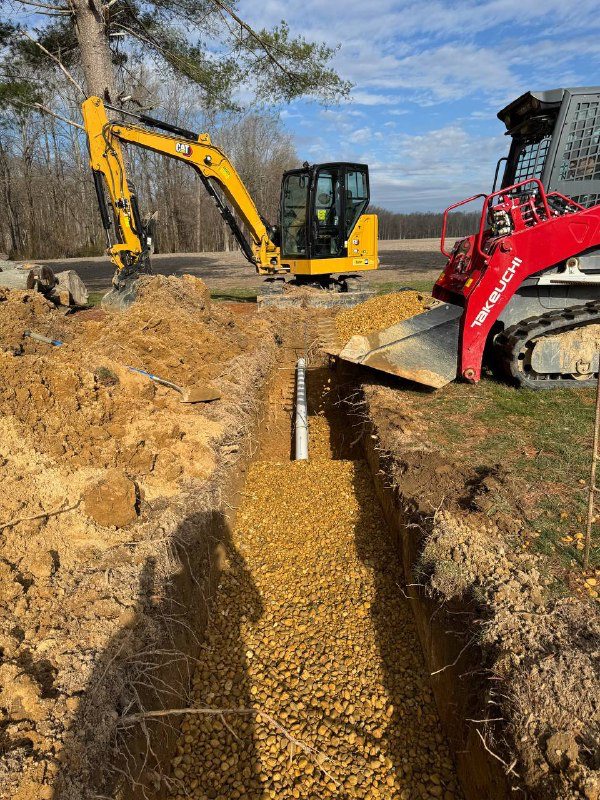Septic systems are essential for millions of households worldwide, providing a decentralized sewage treatment solution. While the focus often lands on the septic tank itself, the drainfield plays a critical role in the system’s overall efficiency and longevity. In this blog, we’ll delve into the importance of maintaining drainfield health and how septic tank design influences its efficiency.
Understanding Drainfields
Before we delve into the impact of septic tank design, let’s grasp the role of the drainfield. The drainfield, also known as leach field or absorption field, serves as the final stage in the wastewater treatment process. It disperses treated effluent into the soil, where natural processes further purify it before it reaches groundwater.
Impact of Septic Tank Design on Drainfield Health
Proper Sizing: The size of the septic tank directly affects the volume and rate of effluent flowing into the drainfield. An inadequately sized tank can overload the drainfield with excess wastewater, leading to premature failure and costly repairs.
Baffle Design: Baffles in the septic tank help prevent solids from entering the drainfield. Well-designed baffles ensure that only liquid effluent flows into the drainfield, reducing the risk of clogging and soil saturation.
Effluent Quality: The quality of effluent leaving the septic tank significantly influences drainfield health. Effective treatment within the tank minimizes the presence of solids and pathogens in the effluent, protecting the drainfield from clogging and contamination.
Distribution Mechanism: Proper distribution of effluent across the drainfield is crucial for uniform soil absorption. Innovative distribution technologies, such as drip irrigation systems or chamber systems, optimize effluent dispersal, enhancing drainfield efficiency.
Maintenance Practices for Drainfield Health
Regular Pumping: Routine septic tank pumping removes accumulated solids, preventing them from reaching the drainfield and causing clogs. The frequency of pumping depends on factors like household size, tank size, and usage patterns.
Avoiding Harsh Chemicals: Harsh chemicals can disrupt the natural biological processes within the septic tank, leading to imbalanced microbial activity and decreased effluent quality. Using septic-safe products helps maintain a healthy microbial environment and prolong drainfield lifespan.
Water Conservation: Excessive water usage can overwhelm the septic system, leading to hydraulic overload and drainfield saturation. Implementing water-saving practices, such as fixing leaks and installing low-flow fixtures, reduces stress on the system and promotes drainfield health.
Conclusion
In conclusion, maintaining drainfield health is essential for the long-term functionality of septic systems. By understanding how septic tank design influences drainfield efficiency and implementing appropriate maintenance practices, homeowners can ensure optimal performance and minimize the risk of costly repairs. Whether it’s proper sizing, effective baffles, or innovative distribution mechanisms, every aspect of septic tank design plays a crucial role in preserving drainfield health and protecting the environment.




